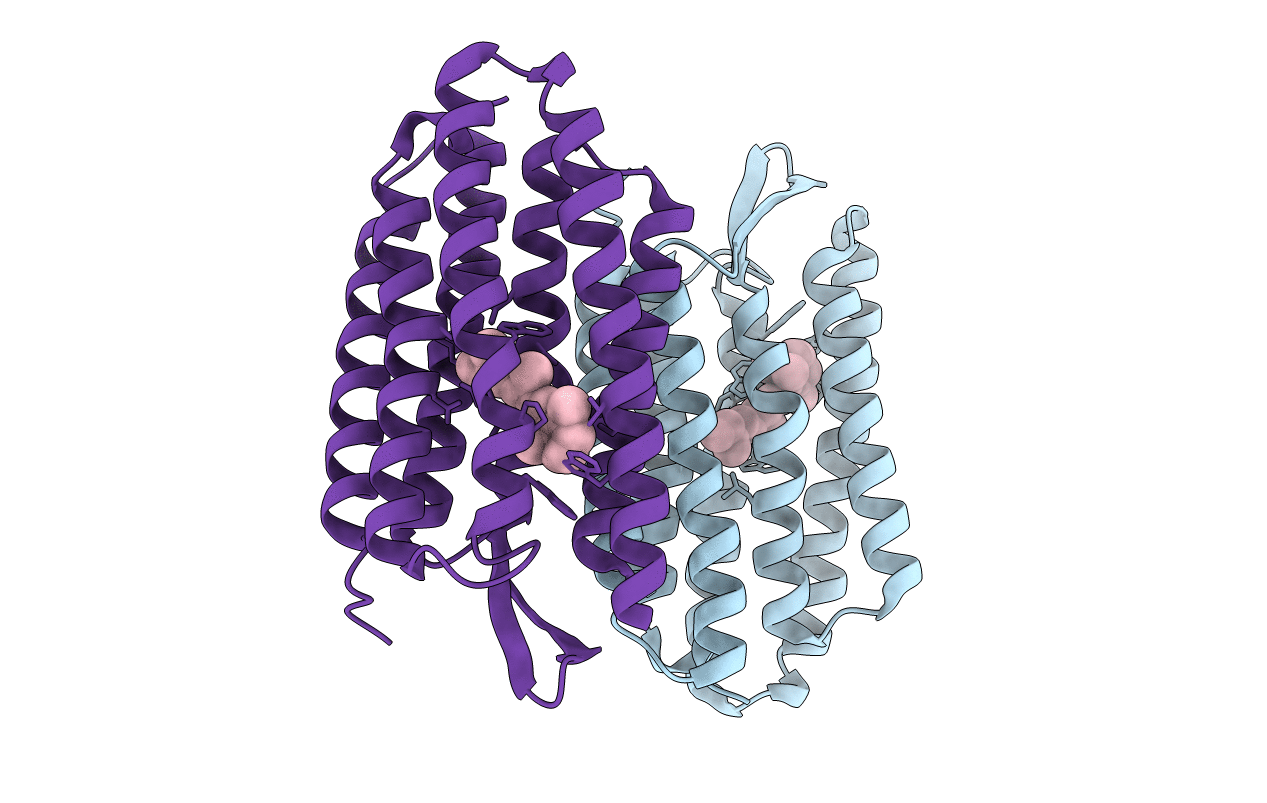
Deposition Date
2003-07-08
Release Date
2003-12-16
Last Version Date
2024-10-30
Entry Detail
Biological Source:
Source Organism:
Halobacterium salinarum (Taxon ID: 2242)
Host Organism:
Method Details:
Experimental Method:
Resolution:
1.80 Å
R-Value Free:
0.24
R-Value Work:
0.21
R-Value Observed:
0.21
Space Group:
P 1 21 1


